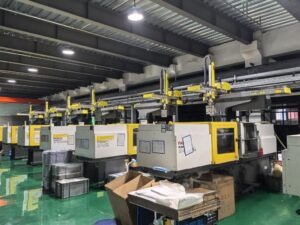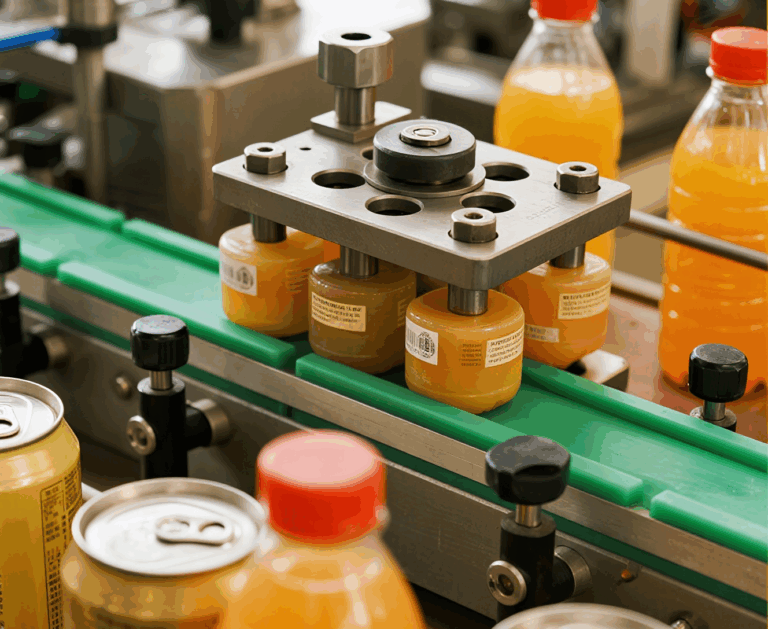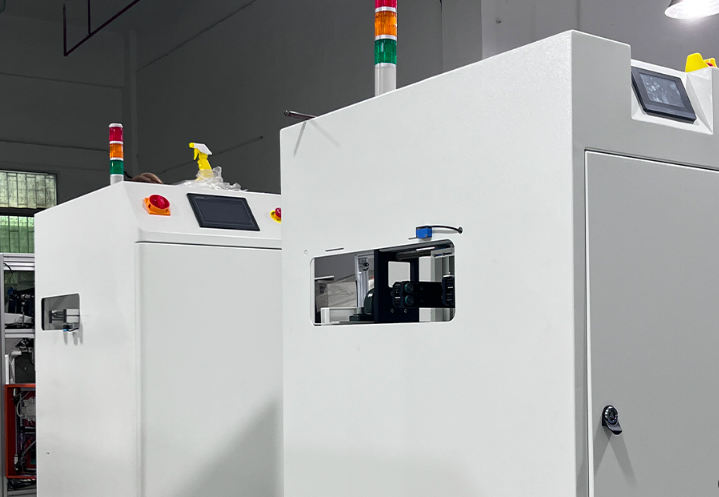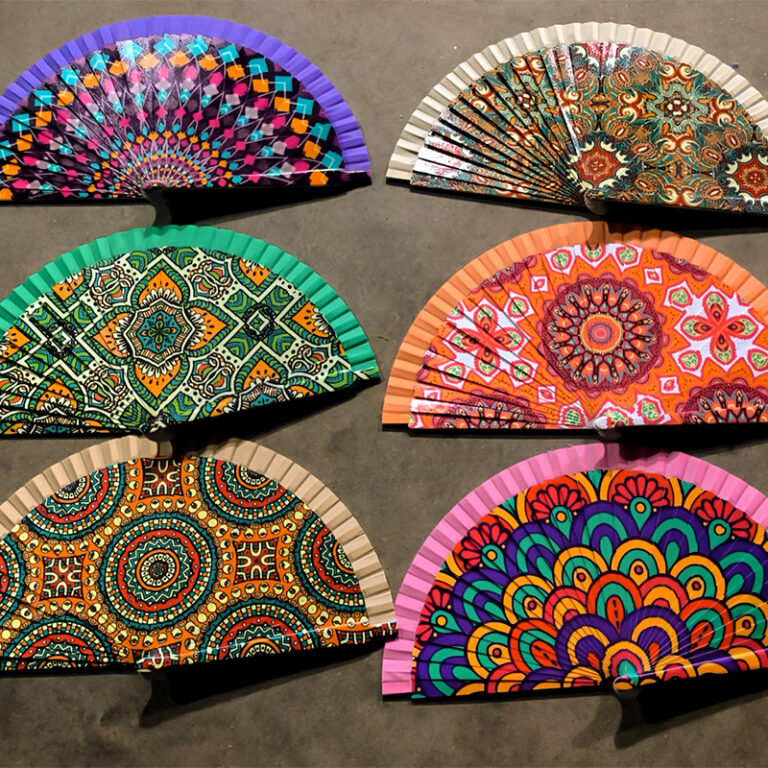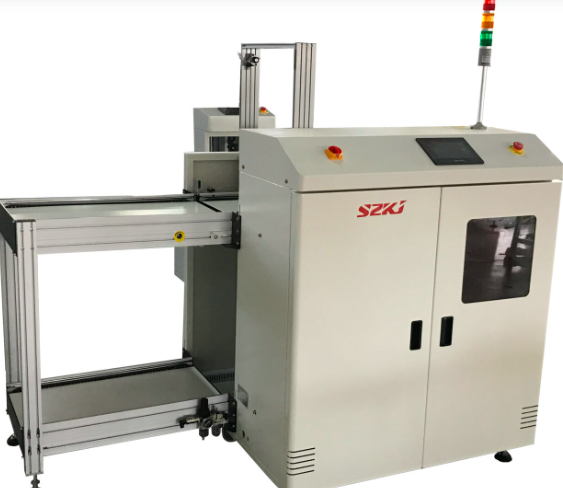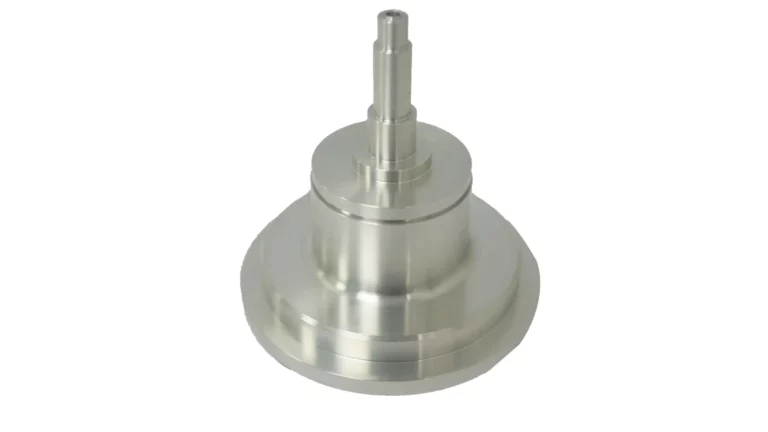目录
ToggleSelecting the ideal robot arm type is crucial for businesses aiming to enhance automation, boost efficiency, and ensure product consistency. With numerous designs available, understanding the strengths and limitations of each is essential. This article analyzes five popular robot arm types—Traverse robots, IML robots, Cutlery packaging systems, Vertical robots, and Side-entry robots—to help you make a confident choice.
1. Traverse Robot Arm Type: Extended Reach and Reliability
Pros of Traverse Robot Arm Type
- Broad horizontal movement: Traverse robots excel at moving across long distances along X and Y axes, making them ideal for large injection molding machines and automated part removal.
- High load capacity: Designed to handle heavy components without sacrificing speed or accuracy.
- Robust construction: Built for continuous operation in demanding industrial environments.
Cons of Traverse Robot Arm Type
- Space requirements: The overhead gantry design demands significant vertical clearance and sturdy mounting points.
- Higher initial setup cost: Integration into existing production lines can involve structural adjustments.
- Limited flexibility: Primarily suited for linear tasks rather than complex multi-axis operations.
2. IML Robot Arm Type: Perfect for In-Mold Labeling Efficiency
Pros of IML Robot Arm Type
- Precision labeling: Places labels directly into the mold cavity before injection, resulting in a finished product with embedded graphics.
- Time-saving process: Eliminates the need for secondary labeling steps, speeding up production.
- Enhanced product appearance: Delivers clean, high-resolution designs that meet modern branding standards.
Cons of IML Robot Arm Type
- Specialized use: Best suited for industries requiring labeled plastic parts; less versatile for general automation.
- Sensitive to label material: Performance may vary depending on substrate and adhesive properties.
- Higher investment: Advanced vision systems and delicate handling mechanisms increase upfront costs
3. Cutlery Packaging Robot Arm Type: Streamlining Food Industry Packaging
Pros of Cutlery Packaging Robot Arm Type
- Hygienic automation: Designed to comply with food safety standards, reducing contamination risks in packaging processes.
- Efficient sorting and packing: Capable of handling large quantities of forks, knives, and spoons with consistent speed.
- Customizable configurations: Easily adapts to different packaging styles like single-use kits or bulk packaging.
Cons of Cutlery Packaging Robot Arm Type
- Application limits: Specialized for lightweight, small items; unsuitable for heavy or irregularly shaped products.
- Maintenance demands: Regular cleaning is essential to maintain hygiene compliance.
- Integration complexity: Requires precise synchronization with conveyor systems and sealing equipment.
4. Vertical Robot Arm Type: Compact and Adaptable
Pros of Vertical Robot Arm Type
- Space-saving design: Vertical movement allows installation in tight production cells, maximizing floor space.
- Flexible operation: Supports both vertical lifting and limited radial motion, ideal for assembly and pick-and-place tasks.
- Lower energy consumption: Smaller drive systems contribute to reduced operating costs.
Cons of Vertical Robot Arm Type
- Payload restrictions: Generally handles smaller loads, making it unsuitable for heavy industrial applications.
- Restricted horizontal reach: Limited coverage area may require supplementary automation for large workspaces.
- Speed limitations: Performs optimally in moderate-speed environments rather than high-speed production lines.
5. Side-Entry Robot Arm Type: Speed for Thin-Wall Injection Molding
Pros of Side-Entry Robot Arm Type
- Exceptional cycle times: Enters molds from the side, enabling ultra-fast part removal and reducing mold-open times.
- Ideal for thin-wall products: Well-suited for applications in food packaging, like lids and containers.
- Top clearance preserved: Side-entry design leaves space above machines for additional automation or auxiliary equipment.
Cons of Side-Entry Robot Arm Type
- Niche application: Primarily designed for injection molding; less flexible outside this domain.
- Precision programming required: Avoiding collisions with mold parts demands advanced calibration.
- Higher cost for high-speed setups: Advanced mechanics and controllers raise the initial price point.
Key Factors for Selecting the Right Robot Arm Type
Consider Application Demands
- Use Traverse robotsfor long horizontal travel in large workspaces.
- Choose IML robotsfor precision in-mold branding.
- Opt for Cutlery packaging robotswhere hygiene and high throughput are priorities.
- Select Vertical robotsin compact areas requiring simple lifting tasks.
- Deploy Side-entry robotsfor ultra-fast injection molding cycles.
Analyze Space and Workflow
Evaluate ceiling height, available floor space, and workflow patterns before committing to a robot arm type.
Budget and ROI Analysis
Specialized types like IML and Side-entry robots may carry higher upfront costs but offer faster ROI in high-demand applications.
Why This Matters for Modern Automation
These five robot arm types address very specific challenges faced by today’s manufacturers and packagers. Businesses seeking to streamline production, minimize waste, and maintain quality consistency can benefit from selecting the most appropriate type for their operations.
Conclusion: Finding Your Ideal Robot Arm Type
Identifying the right robot arm type is a process that balances task requirements, space constraints, and investment considerations. Here’s a quick recap:
- Traverse Robots: Best for extended horizontal movement in large setups.
- IML Robots: Ideal for high-quality product labeling during molding.
- Cutlery Packaging Robots: Tailored for hygienic, high-speed food packaging.
- Vertical Robots: Compact and efficient for small-scale automation.
- Side-Entry Robots: Unmatched speed for thin-wall injection molding.
With this knowledge, manufacturers can match their automation needs with the right robotic technology, improving efficiency without over-investing in unnecessary features.
0